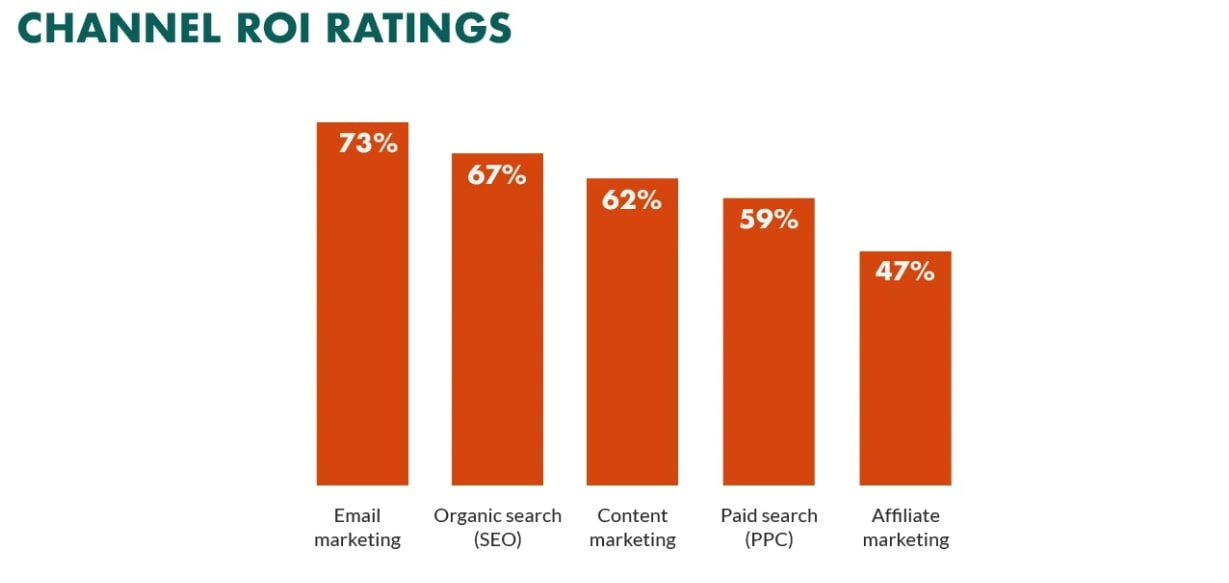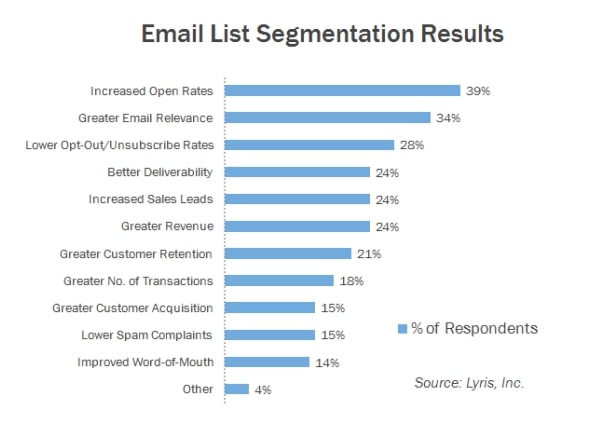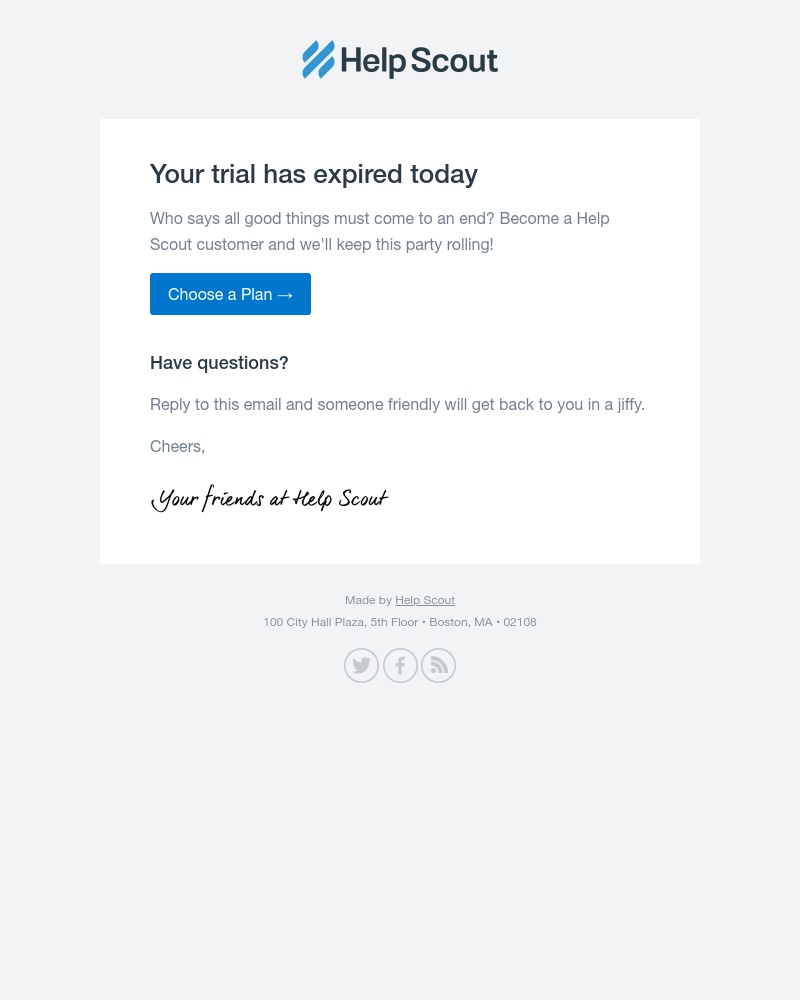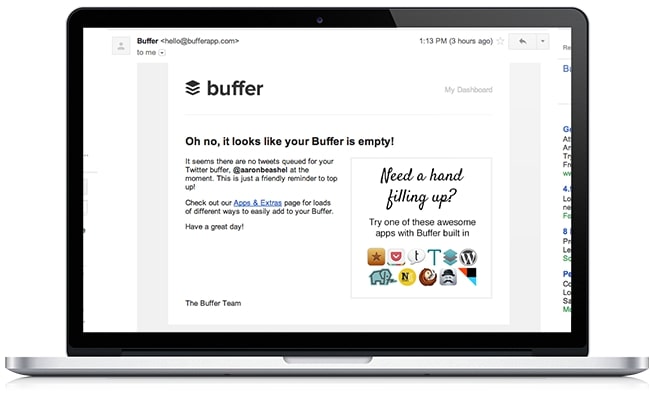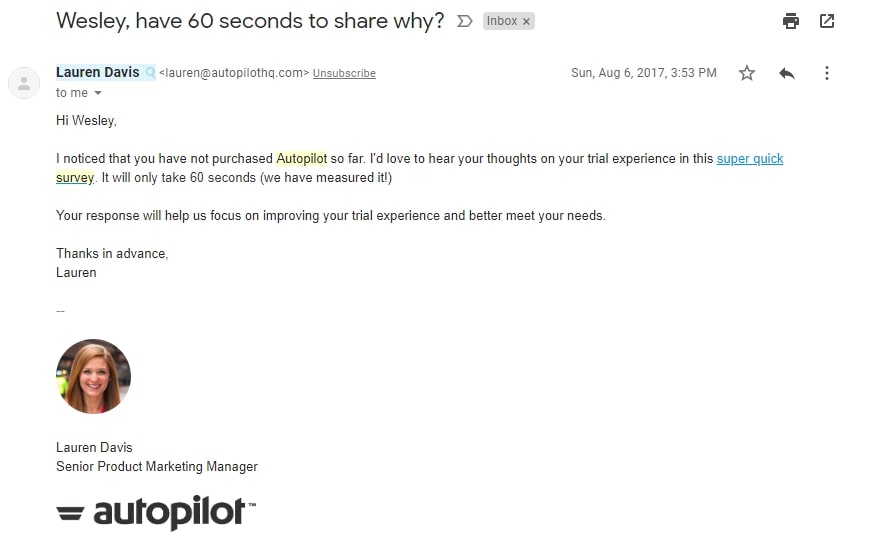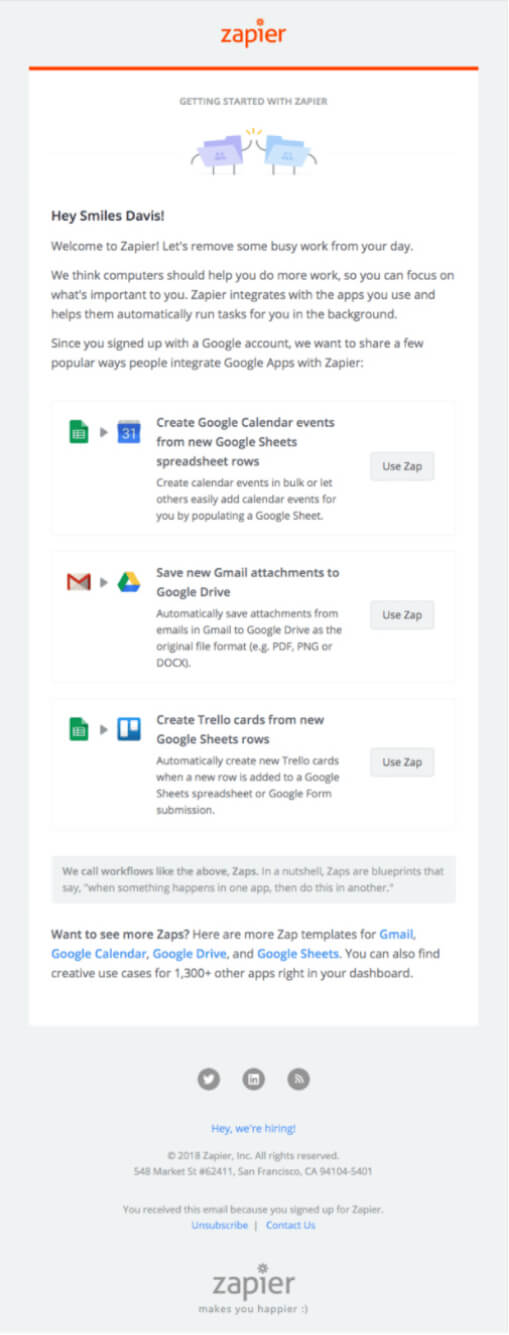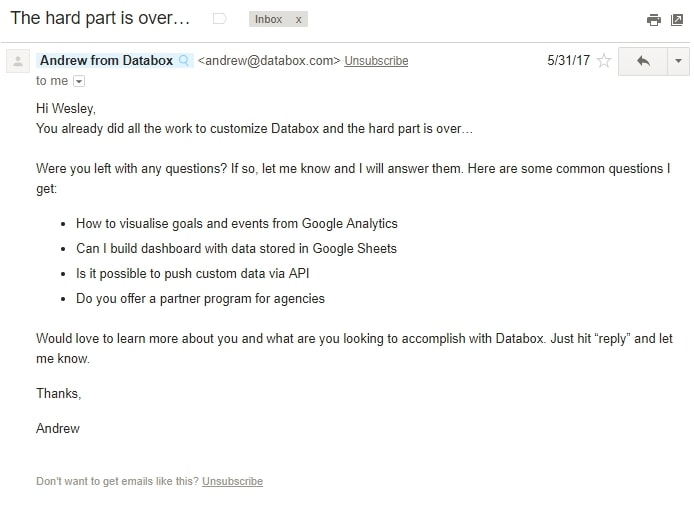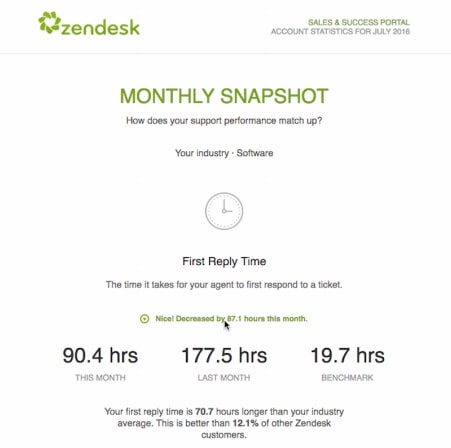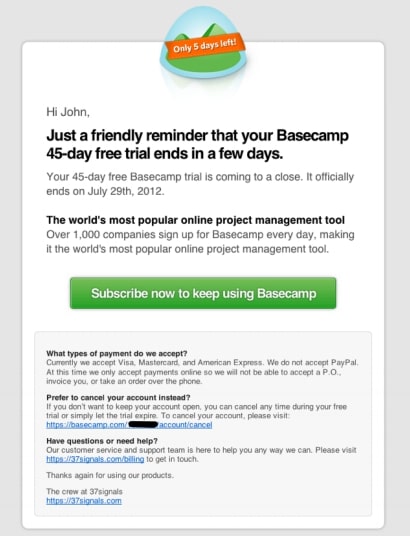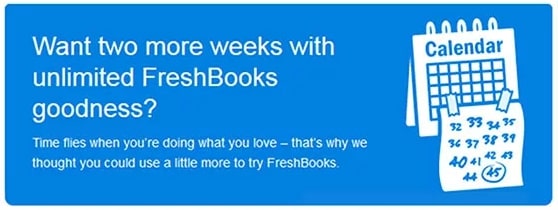Any marketing plan should include an email marketing strategy. Email is the most cost-effective method of promoting your products, communicating with clients, and achieving your company objectives. And you should expect a $42 return on investment for every $1 you spend on email marketing.
It’s not only about creating the perfect email campaign and sending it to your subscribers’ inboxes for email marketing. It’s all about hooking folks in right away by instilling a sense of urgency and intrigue. Yes, we’re referring to your subject line and sender address. Subscribers will notice these two things first.
But how can you tell whether your email marketing campaign is successful? Is what you’re doing right now sufficient? Is there anything you can do to improve your outcomes if this is the case? Let’s take a look at some of the common mistakes you can avoid when you are trying to convert your trial users to paid customers.
Table of Contents
5 Email Marketing Mistakes That Affect Free Trial Conversion Rates
1. Not Focusing on the Customer Journey
To effectively engage your audience, customize your communications, which might include anything from segmented email campaigns to inserting a recipient’s name in the subject line. One of the major email marketing mistakes is sticking to one template and not focusing on the prospect.
If you’re a small firm with a small email list, you can go deeper into personalization than larger companies. With individuals getting dozens of promotional emails every day, personalizing your message to target groups or people who have subscribed to your campaigns might have a big impact.
Relevance is the most successful type of marketing. The reader must be interested in what you’re saying. If you have audiences from different backgrounds, the emails that you are sending them should also be different and cater to that specific demographic. Your message must adapt depending on the audience.
Capturing client data has become simple as people become increasingly comfortable sharing personal information online. As a result, as an email marketer, you shouldn’t have any barriers to performing simple data segmentation before launching your email campaign into the wild. The more quality emails a firm sends, the more engagement it receives and more free trial conversion rates.
What you can do is make sure your emails are going to the appropriate people and that you’re sending them material that applies to their interests and needs. One approach to achieve this is to structure your material while also considering the individuality of your readers. This is when segmentation enters the picture.
You’ll get a higher CTR (click-through rate), happier and more engaged consumers, and other benefits by segmenting your email list and tailoring email content for each reader.
Depending on who will get the emails, your message and content must differ.
Efficient support can have a direct impact on email marketing success, especially when trial users face issues during onboarding. A reliable ticketing system ensures that every inquiry is tracked, prioritized, and resolved quickly, preventing frustration that could lead to churn. By combining personalized email campaigns with responsive support, businesses create a smoother customer journey. This alignment helps turn more trial users into long-term subscribers.
2. Sending Emails With No Value Addition for Users
This is one of the email marketing mistakes to avoid because, in today’s sales market, the only way for a company to clinch a transaction is to provide value to a consumer throughout their specific buying journey. Hard selling practices are detrimental to both the buyer and the company. Sending spam emails will annoy customers and you will find yourself in the spam folder.
When buyers contact modern salespeople, they want them to provide assistance, information, and value. They understand how vital it is for the prospect to receive a similar return on their time as the company does.
One of the most important goals of selling is to teach your consumers that you are a valuable resource. This includes everything from face-to-face contact to phone conversations and emails. The consumer should be certain that whenever you communicate with them, regardless of the medium, they will receive something of value.
This implies you should remove insignificant sales engagements, which squander time that your consumer cannot afford. And you can’t afford to misuse your precious selling time producing and delivering emails that add no value to your subscriber – whether they’re making a decision right now or not. This email marketing mistake can make the customer lose interest or stop them from opening your future emails.
3. Forgetting About the Users That Didn’t Convert During the Trial
This is one of the more common email marketing mistakes. Just because a person did not convert during the free trial period does not indicate they will never convert. Users may require additional time to make a decision, or they may just be too busy to join up after their trial period has expired. Don’t forget about your non-converting free trial leads. Every time you do so, you’re throwing money away. Instead, keep sending fantastic emails.
Maintain contact with previous trial users who haven’t converted and send frequent updates on any changes to your product or pricing, as well as information on any potential special offers. Don’t be obnoxious, disrespectful, or arrogant.
The best opportunity you have to activate new users is to utilize email to engage and educate them with information. Only 26% of SaaS firms, according to MarketingSherpa, employ email marketing to activate new users and convert them into paying customers.
A great example of an email that you can send after the trial is Help Scout. They provide alternatives following the customer’s free trial. You may either pay for your service and keep it, or you can downgrade to a free plan with fewer features. While account cancellation may appear harsh, it increases the urgency of the dunning email.
4. Not Sending Emails When Your Leads Get “Stuck”
According to research, adding just one additional follow-up email may boost your average response rate by eleven percent. Those eleven percentage points may appear little, yet they represent the difference between a yes and a no vote.
Follow-up emails have a greater response rate. In comparison to the initial email, the first follow-up email had a 40% higher response rate. For example, if your initial email received a 5% average response rate, your follow-up email will have a 7% average response rate.
Naturally, the first follow-up email is the most effective. Although it’s mostly a case of trial and error, there is one golden rule to remember: sending a follow-up too quickly will make you appear aggressive and invasive. Allow your prospects at least 2-3 days to consider your offer and respond.
A great example would be Buffer. Their analytics showed that customers who don’t have any posts scheduled are more likely to stop using their service which can increase their churn rate. So Buffer started emailing customers who didn’t have any posts scheduled. Avoid this email marketing mistake by being proactive in helping your users achieve their desired outcome.
B2B customer journey mapping in the realm of digital marketing is essential for expanding your business’s influence. This process begins with a vital step: conducting detailed customer investigations.
Such investigations are foundational in gaining a deep understanding of your clientele. This knowledge is not just beneficial, but necessary for accurately plotting the pathway your customers navigate.
Through diligent and thorough research, you can gather crucial data, enabling a precise and tailored approach to your marketing strategy, specifically tailored to your B2B audience’s unique journey.
5. Not Sending Post Trial Feedback Emails is one of the overlooked email marketing mistakes.
A post-trial feedback email is a great way to get information about what didn’t work. They can also help you reconnect with the free trial customer and ask them to complete a task. Make sure the questions are short, straightforward, and welcoming.
You’ll have one last chance to close them with a feedback email. You can save the account if the reason they aren’t subscribing is something you can address. Perhaps they didn’t completely comprehend how to utilize your program or assumed you didn’t have an integration when you actually did. You may solve those issues and gain new customers as a result.
Ensure that they can simply “respond” to this email. A potential client may just need to express his worries or ask a question at times. That’s all right. A few easy emails exchanged might be just what you need to tilt the balances in your favor.
We can see this model in Autopilot’s strategy. If you complete their feedback survey, you will be instantly enrolled in either a nurturing or sales program, based on your response. For example, if you tell AutoPilot that it’s too complicated, an onboarding professional can assist you in becoming familiar with the product.
Tips to Avoid Email Marketing Mistakes
1. Send Lifecycle Emails for Bringing Users Back to Product
Lifecycle email marketing is all about first defining and, planning the customer journey, then sending emails to clients at key moments along the way to encourage them to take the next vital step toward a purchase.
-
Welcome Emails
The objective at this point isn’t to make a quick sale, but to establish a relationship with the subscriber and convert them into a client.
To nurture first-time subscribers, you may employ narrative and compelling material, and sending a series of welcome emails allows you to share your story, highlight your uniqueness, and explain why they should trust you.
Example: When the trial begins, Hubstaff sends a brief email from Dave, the founder, to greet the user and inquire about their motivation for signing up. This email receives a lot of responses. Many of the consumers who get the mail express their gratitude for the founder’s willingness to communicate with them. They also notice what their consumers want to achieve and utilize that information to assist them in getting there.
-
Usage Tips
You want your consumer to use your products as quickly as possible after receiving them. Because not all items are intuitive, you’ll need to provide them with some basic instructions to get them started.
A usage tips email is a great way to engage your trial users and provide them with valuable information that helps them utilize your product fully.
To assist freemium consumers in discovering the value in your product, you must send relevant, targeted emails. Your email sequences should direct customers to activities that will show them how to utilize the product in a way that is suited to their specific needs. You’re wasting their time and filling up their inbox if you don’t.
In the email above, Zapier gives us a great example of how to do this. Zapier sends the user an email with “a few common ways users combine Google Apps with Zapier” after they joined using a Gmail account. Because it may apply to them, the user is more likely to find this relevant and beneficial.
-
Sales Touches
Making a sale on the first contact is unusual. It generally takes several tries or sales touches. To ensure that your prospect has the opportunity to convert, you must keep them engaged at every critical stage.
You’ll be able to optimize by assessing the fundamental sentiment of your replies, such as drafting better follow-up emails and modifying the way you interact. You’ll have statistics to help you figure out how to obtain more demonstrations per prospect added to your sequence. It is possible to reduce the number of people who have a negative encounter with your brand.
This is an automatic email from Databox that picks up where a customer left off in the product dialogue and lends a hand when the customer is in need.
-
Usage Reviews
Customers contribute information about their happiness with a product or service, as well as their overall experience engaging with your company, in the form of customer feedback and use reviews. You may use this information to improve the quality of your services and to better meet the requirements and preferences of your clients.
Opt for several techniques to encourage your consumers to submit feedback, ranging from a bonus for a review to a competition for the best review. Almost any online business may benefit from sending an email asking for a review.
Example: Every month, Zendesk sends you a use review email to show you how you’ve been able to lower your support times since you started using their ticketing system.
Although Zendesk remains a popular choice, it may not align with the needs of every organization. Some businesses look for solutions with clearer pricing structures and stronger connections to their marketing and sales systems. Considering Zendesk alternatives can reveal platforms that deliver smoother support experiences while complementing email marketing efforts. With the right option, your campaigns gain the backing of dependable and efficient customer service.
-
Expiry Warning
For free trials, expiry warning emails are common, but they remain a strong technique to encourage consumers to upgrade. You should also remind the customers why they want your product and how they can benefit from it.
It is also important to note that you can always email in advance, warning them that their trial is coming to an end so that they can have enough time to think about it and make the purchasing decision. You can send a follow-up mail saying that their trial has ended and asking them if they are interested in continuing with the service or what is stopping them from taking up your product.
This is an example from Basecamp; it simply indicates that a trial period has expired and encourages users to upgrade.
2. Extend the Free Trial Periods for Highly Engaged Users
Using a free trial or registering for a demo does not always imply a high-quality lead. Even if they aren’t actively looking to buy a product, many prospects respond to free offers since they may be educating themselves or preparing for the buying process in the near future.
But for those prospects who are engaging with advanced material, such as an hour-long demo or a technical webinar, who are actively looking to build their systems, it is advisable to give them an extension on their trial. This incentivizes them with a personal touch and sets you up for a final push for the paid plans.
Example: FreshBooks offers up to a two-week extension for trial customers who are engaging well with the product.
Conclusion
Emails with long blocks of text don’t work. Neither do overly-designed, ‘CTA-infested,’ campaigns. While email marketing is a great method to stay in touch with prospects and subscribers, a high-converting email campaign does not happen by itself. To acquire such conversions, you must first comprehend how everything works and what email conversion concerns you must avoid at all costs.
All it takes to avoid those horrible email conversion troubles is a little patience while you figure out where the problem is, and then some time to correct any errors you may have done.
Customers will be more receptive if you include these new modifications into your email marketing plan and avoid the common email marketing mistakes we mentioned earlier. This will help your campaign become more effective and bring in better free trial conversion rates.
Share this article with someone who is struggling to increase free trial conversion rates and comment below if you have any questions.
—————————————————————
Gravatar Email ID: [email protected]
Author’s Bio:
Dhruv Mehta is a Digital Marketing Professional who works as a brand consultant and provides solutions in the digital era. In his free time, he loves to write about Marketing, SaaS & Social Media. Follow him on Twitter or connect with him via LinkedIn.
Headshot:
